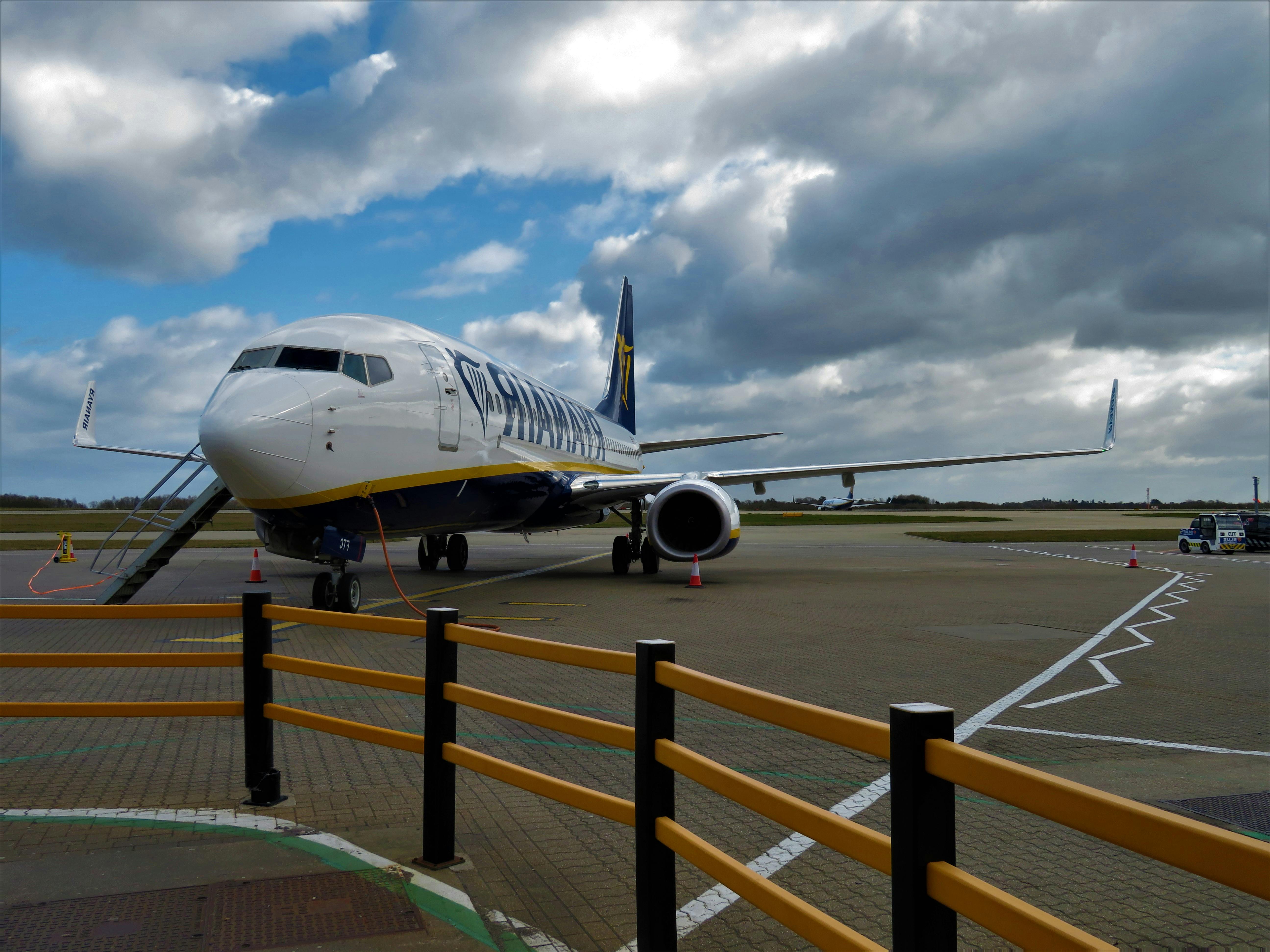There are few places in today’s ‘Big Brother’ world you can go without being met with CCTV cameras. For better or worse, they are here to stay. There is no doubt that covert and overt CCTV cameras play an important role in reducing crime and improving security, but do we need so many?
The short answer is ‘NO’, especially when CCTV cameras are used for crime prevention and detection. In terms of crime prevention or discovery value, we could use more CCTV cameras in a highly visible way. High presence CCTV is a valuable security tool. The mere presence of CCTV (Closed Circuit Television) cameras deters criminal activity, but there is a certain science to getting the location right. Any cowboy CCTV installation company can put up a bunch of cameras, the first victim caught on camera might be the buyer!
As CCTV cameras are becoming an important part of many companies’ loss prevention and business management programs, it is essential to have a reasonable understanding of their requirements or, more importantly, implement the skills of a Accredited UK CCTV Consultant.
The benefits of implementing a quality CCTV system include: Minimizing the risk of theft and other illegal activities. Protect your facilities from threats such as arson, terrorism and vandalism. They are not only there for the prevention and detection of crimes! Monitoring the work performance of individual employees helps improve business, improving customer service by looking at peak periods and planning staff rotations. By observing staff activity, CCTV can also assist in staff training by identifying areas that need to be addressed.
We are loaded with Acts of Parliament, Laws, Rules and Regulations that can bring us heavy fines if we do not comply with them. CCTV can help by improving health and safety standards and ensuring that employees comply with legal obligations. In many cases, a well-designed CCTV system can help by doing the job of a much larger surveillance team, leaving people free to deal with situations that arise in a more efficient and cost-effective manner.
You can reduce the number of CCTV cameras and therefore the cost by creating a job description for each camera. There is more to a CCTV camera than meets the eye, a lot is in the lens itself, the ease of zooming and maneuverability. The most expensive is not necessarily the best, as any honest UK CCTV expert will tell you.
Your CCTV camera must be fit for purpose and you must be very precise when instructing your CCTV consultant. Let’s see the car parks, for example; there may be several elements that need to be observed; the entrance/exit and the entire area, any individual car and a close-up of the drivers face and/or registration number.
Another example is a retail counter; we need to monitor the point of sale for both security and health and safety. Estimating an individual’s height is important, so while distance is of the essence, we need to get a very close view of the money being exchanged…and without compromising the reproducibility of the evidence.
Some of these cameras will need to be clearly visible and act as a deterrent. We may also want high visibility CCTV in domes so no one can see which way they are pointing, and of course we may want to catch someone in the act, so we choose covert CCTV.
We are not always able to observe an event in real time and need to make recordings to view later and of course as evidence when necessary.
The location of the CCTV cameras is not the only aspect, the monitors are equally important. We will see the different types later because now it is important to focus on the ergonomics of a security control room or guard station.
How many monitors can an individual effectively view at any given time in, say, an hour? Is it better to have all four events running from one monitor? Is there an optimal distance from the location of the monitors to the eyes of the CCTV operators? – How is this calculated? . How long do we need to keep the recordings and in what format?
Video recordings have been effective in helping employers and police identify criminals as they commit crimes, including; Armed Robbery, Burglary, Parking Lot Theft, Credit Card Fraud, Peer Harassment, Computer Abuse, Customer Return Fraud, Employee Theft, Shoplifting, Vandalism and more. Hidden cameras are often a short term measure for targeted surveillance operations and specialist advice from UK CCTV experts should be sought and an understanding of Data Protection Act is essential.
When we don’t understand something, we are vulnerable and the CCTV industry is no exception, especially when we buy after the event and are seriously affected by a previous incident.
Not all CCTV consultants are vultures and rogues, but understanding things like monochrome and color video cameras, time-lapse video recorders, switchers and multiplexers, remote motion control, telephone video transmission systems…and more – Look no further, here is a simple guide to CCTV. It’s not meant to be a complete buyer’s guide, but it will certainly help along the way.
As CCTV cameras are becoming an important part of many companies’ loss prevention and business management programs, it is essential to have a reasonable understanding of their requirements or, more importantly, implement the skills of a Accredited UK CCTV Consultant.
The benefits of implementing a quality CCTV system include: Minimizing the risk of theft and other illegal activities. Protect your facilities from threats such as arson, terrorism and vandalism. They are not only there for the prevention and detection of crimes! Monitoring the work performance of individual employees helps improve business, improving customer service by looking at peak periods and planning staff rotations. By observing staff activity, CCTV can also assist in staff training by identifying areas that need to be addressed.
We are loaded with Acts of Parliament, Laws, Rules and Regulations that can bring us heavy fines if we do not comply with them. CCTV can help by improving health and safety standards and ensuring that employees comply with legal obligations. In many cases, a well-designed CCTV system can help by doing the job of a much larger surveillance team, leaving people free to deal with situations that arise in a more efficient and cost-effective manner.
Choosing the right CCTV system and having it installed by a professional is essential – it will give you superior results and ultimately save you time and money. Remember that commercial CCTV systems do not come in ready-to-use kits, so each component can be specially provided for your needs. We will take a look at each of those elements.
CCTV images are displayed on the monitors. Small desktop monitors, rack-mounted security monitors, or large pendant multi-screen monitors display the end product of your system: live and recorded images. Monochrome, color, or high-definition color monitors are available in a variety of sizes. Contrary to popular belief, larger monitors don’t display a larger image, they simply display in larger formats. When selecting the monitor size, the distance between the viewer and the screen will dictate the required monitor size. Front desks and reception desks may be equipped with 9″ or 12″ monitors, so a wall or ceiling mounted monitor displaying multiple screens will need to be quite large. A good CCTV surveyor will recommend a monitor that best suits your environment.
Mobile cameras (pan/tilt) can replace many fixed cameras. Usually equipped with a zoom lens, they can be controlled remotely to cover a wide area. Used exclusively in the largest commercial and retail perimeter protection, the benefits of a carefully placed camera are enormous. Often housed within a dome, these cameras can pan and pan to any position faster than whatever subject is being viewed, and zoom in for a close-up image. They can be ‘taught’ to ‘walk around your facility, seeing key areas much more effectively.
Medium resolution monochrome (black and white) with good sharp images of around 400 lines and light sensitivity down to 0.1 lux, these are great all-around cameras that can easily fit smaller budgets.
High-resolution monochrome with premium digital technology performance of 580 lines and 0.05 lux ensures excellent images even in very dim lighting conditions. Medium Resolution Color – Never before have color cameras been this good or so affordable for lower budget systems. Excellent for general retail and good quality surveillance with a typical performance of 350 lines and 1.5 lux.
High Resolution Color: Fully digital color cameras deliver premium images with sharper definition and excellent performance at 480 lines and 1 lux.
Day/Night Cameras: All day and all night: One camera. Using the latest digital smart sensing technology, these cameras offer the full performance of high-resolution color cameras during the day, then automatically switch to a high-resolution monochrome camera when light levels drop.
For premium installations.
What is lux?
Lux is the standard measure of light. Typical lighting levels recommended by the lighting industry are:
Inside
Warehouses 20- 75 lux
Emergency stairs 30-75 lux
Corridors and stairs 75- 200 lux
Tents 75-300 lux
Offices and reception areas 300 -500 lux
Banks and offices 200-1000 lux
Assembly lines 300-1000 lux
Outdoor
Full Sunlight 10,000-1,000,000 lux
Cloudy day 100-10,000 lux
Twilight 1-10lux
Full moon 0.1-1 lux
Cloudy night 0.01-0.1 lux
Starlight, transparent 0.001-0.01 lux
Starlight, cloudy 0.0001-0.001 lux




Recent Comments